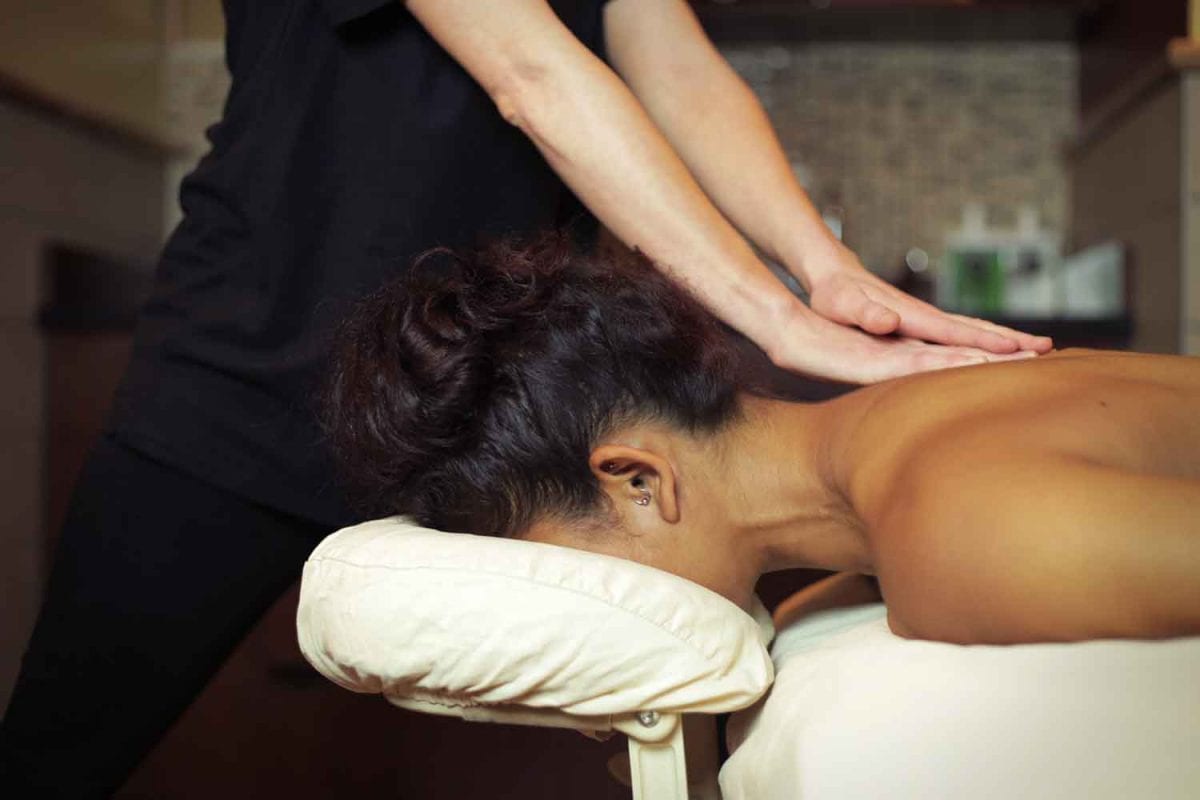The French first used the term “massage” to indicate a kind of healing of the body by kneading it. Massage therapy as we know it today is the manual manipulation of the body’s soft tissues and muscular structure to achieve various benefits ranging from increased blood flow and pain relief to peace of mind and general well being.
Therapeutic massage which was once regarded only a complementary or alternative form of medicine is now becoming increasingly mainstream. It shouldn’t be surprising then that massage therapy training such as that offered by Dave Taylor is not just a lucrative profession but also a thoroughly satisfying one.
Massages – Types and Benefits
Described below are 7 of the most well-known massage styles along with their benefits.
1. Swedish massage
Globally, this is the most popular massage style and promotes full-body relaxation. There are five fundamental strokes in a Swedish massage namely:
- Effleurage – gliding, long and smooth strokes
- Petrissage – rolling, kneading and lifting
- Friction – circular and deep movements that cause rubbing of tissue layers against each other for enhanced blood flow
- Tapotement – alternating, short taps done with fingers, cupped hands or hand edge
- Vibration – shaking and rocking movements
The benefits of a Swedish massage apart from relaxation include the reduction of muscle toxins and alleviation of muscle pain, decreased levels of cortisol (stress hormone), and strengthening of the immune system.
2. Deep Tissue Massage
As the name indicates, a deep tissue massage makes use of deep, smooth and slow strokes to target the deeper regions of muscle and tissue. The intention is to alleviate tension in these areas by applying deeper pressure than that used in a relaxation massage.
A deep tissue massage is beneficial for chronically painful or tight muscles, postural problems, repetitive stress injury, and reducing osteoarthritic pain. Deep tissue massages are often sought after to alleviate chronic aches in the neck, shoulders, lower back, upper back, and legs.
3. Shiatsu
Shiatsu is a Japanese massage wherein therapists utilize rhythmic, varied pressure mostly with their fingers (Shiatsu means finger pressure) and at times, with the hands and elbows on various precise points on the body (acupressure points). The goal of the massage is to clear blockages at these points which in turn would enable smooth flow of vital body energy called chi.
The benefits of a Shiatsu massage include stress relief, alleviation of depression, and reduction of muscle tension. The massage may also help to treat such conditions as insomnia, arthritis, sciatica, neck and back pain and sinus problems.
4. Sports Massage
A sports massage is directed at athletes and sportspersons, often for relief from injury or pain arising from repetitive motion. An example of repetitive motion is a tennis player swinging his racket. A sports massage generally uses faster strokes than a normal Swedish massage. Therapeutic interventions such as compression, joint mobilization, friction and pressure point therapy may additionally be incorporated.
A sports massage may be carried out before and/or after an event and for injury prevention. Benefits of this kind of massage include increased blood flow, flexibility and range of motion; tissue repair, alleviation of muscle strain and joint pain, and muscle balance.
5. Reflexology
Reflexology is a good massage option for those who don’t like being touched all over their body. It utilizes various hand, finger and thumb techniques to apply pressure on various points of the hands and feet believed to correspond to various parts of the body. By doing this reflexology manipulates certain pressure points on your body, thus providing the following benefits:
- Elimination of toxins
- Stimulation of endorphins (pleasure hormones)
- Increased blood circulation and energy
- Nerve function is roused
- Deep relaxation
6. Prenatal Massage
A
prenatal massage provides relief for the various kinds of
pregnancy-associated discomfort that a woman may experience as her body
undergoes various changes. Certified prenatal massage therapists use special
massage pillows and apply only mild pressure alike to that adopted in a Swedish
massage. They know how to position the woman and support her body suitably and
are aware of which areas should be avoided to provide a safe yet effective
massage experience.
A pregnancy massage provides the following benefits:
- Alleviation of pregnancy discomforts such as inflammation, neck and back pain, headaches and leg cramps
- Stimulates blood and lymph circulation
- Reduces anxiety and depression while promoting relaxation and better sleep
You may have to get in touch with a few qualified massage therapists to determine the kind of massage you need for your specific symptoms and treatment goals and also to choose the therapist who has the right massage solution for you.








